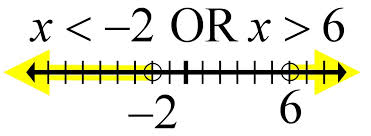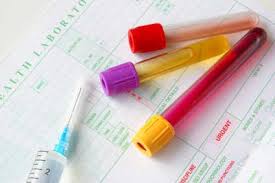Overview
Compound inequalities are similar to compound statements, as they are two simple inequalities joined by conjunctions. Suppose it were true that a variable x was between 2 and 9. A sentence would be written combining the statements “x is greater than 2” AND “x is less than 9.”
Compound Statements
Compound statements are common in everyday life, and they are often joined by the conjunctions and and or. For example, “The choir will be singing in the competition, and the band will play.” For the compound statement to be true when it is joined by the conjunction and both parts must be true. If either part is false, the entire statement is false. However, if the parts are joined by the conjunction or, both parts may be true or one part may be false and the other part true.
Compound Inequalities with AND
Suppose that the compound inequalities are x> 2 and x< 9. Another way to write this is 2<x < 9, showing that x is between 2 and 9. When the inequality is graphed on the number line, only the overlapping points are shown, demonstrating the area that both statements are true. In set theory terms, the intersection of “x >2” and “x <9” is the correct solution.
Compound Inequalities with OR
Suppose that the compound inequalities are x < 2 or x >9. In this case, there is not a real number that is less than 2 or greater than 9 in conventional numeration. However, there are real numbers that are less than 2, as well as numbers that are greater than 9. When the compound inequality is graphed on the number line, there are no overlapping points, but rays that go in each direction of the number line. In set theory terms, the union of “x<2” as well as “x> 9” is the correct solution.
Applications
Many experimental results can be found as ranges rather than as single points. For example, many chemical values have an optimum range. If the pH level of swimming pool water is supposed to be between 7.2 and 7.6 inclusive, it can be expressed as an inequality of 7.2 ≤ p ≤7.6. Therefore, a tested value of 7.43 is a normal result. Suppose a normal range for blood glucose is from 65 – 140 mg/dL. A patient has a reading of 94 mg/dL from a blood test. This is a normal result, because it falls within the range of 65≤ b≤140.
Interested in math tutoring services? Learn more about how we are assisting thousands of students each academic year.
SchoolTutoring Academy is the premier educational services company for K-12 and college students. We offer tutoring programs for students in K-12, AP classes, and college. To learn more about how we help parents and students in Plainfield, CT: visit: Tutoring in Plainfield, CT




